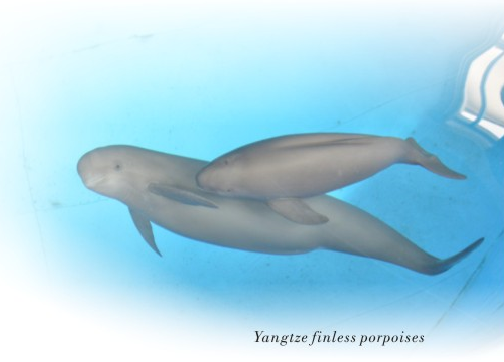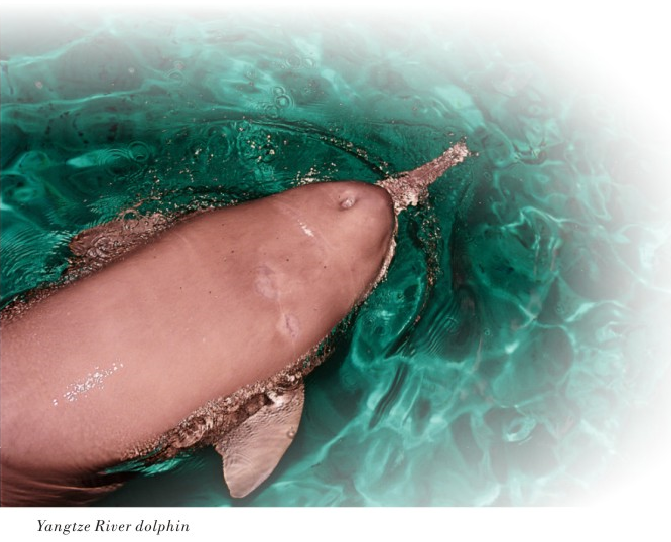
Research
Ecology and Protection of Yangtze River Basin

Since the 1950s, IHB has conducted systematic and in-depth studies on the ecology of the Yangtze River Basin, the effects of water conservancy projects onwatershed ecological environment, and the conservation of rare and endemic aquatic biological resources. Their relevant achievements provide important scientific support for the state pivotal decision making.
In response to the depleting biological resources and degrading biodiversity in the Yangtze River, IHB researchers proposed, for the first time, that “a long-term fishing ban, preferably 10 years, shall be imposed on the Yangtze River”, and actively engaged in the planning of the scientific practice for the fishing moratorium move. The ten-year fishing ban has been launched as one of the major national strategies to protect the ecology of the Yangtze River. In addition, IHB’s suggestion on the establishment of the Chishui River National Natural Reserve was adopted and launched by the state, keeping the river as the only first-order river of the upper Yangtze River that had not dams and still maintained its natural flow. With less human activities, the ecosystem of Chishui River Basin remains intact and healthy, thus providing important habitats and spawning grounds for the rare and endemic fishes living in the upper reaches of the Yangtze River.
The Yangtze River dolphin (also known as Baiji) and Yangtze finless porpoise are two endangered aquatic mammals live only in China’s Yangtze River. Since 1978, IHB researchers have been conducting systematic and comprehensive researches on the cetaceans. They established the theory of ex-situ conservation of endangered small cetaceans, built the technological systems for survey, ex-situ conservation and breeding protection of the Yangtze finless porpoise, thus made the species successfully protected in ex-situ reserves. During 1980 and 2002, Qi-Qi, the world’s only captive Baiji, had been reared at IHB for over 22 years. Since the 1990s, in collaboration with Tian-e-zhou Baiji National Natural Reserve, IHB has successfully conducted the ex-situ conservation of the porpoise. In 2005, the world’s first Yangtze finless porpoise was successfully bred in captivity at IHB, indicating a new era for the captive breeding of the porpoise. The ex-situ conservation of the porpoise is now an exemplar for the international conservation of the endangered cetaceans and is being promoted to different areas of the world. The “Action Plan for Saving the Yangtze Finless Porpoise”, submitted by IHB in 2016, becomes China’s guideline on the conservation of Yangtze finless porpoise for the next decade. IHB’s researches on the rearing of Yangtze River cetaceans, their population status, species conservation and ex-situ conservation were respectively awarded the S&T Progress Awards at the academy, provincial and state levels.

File Download: